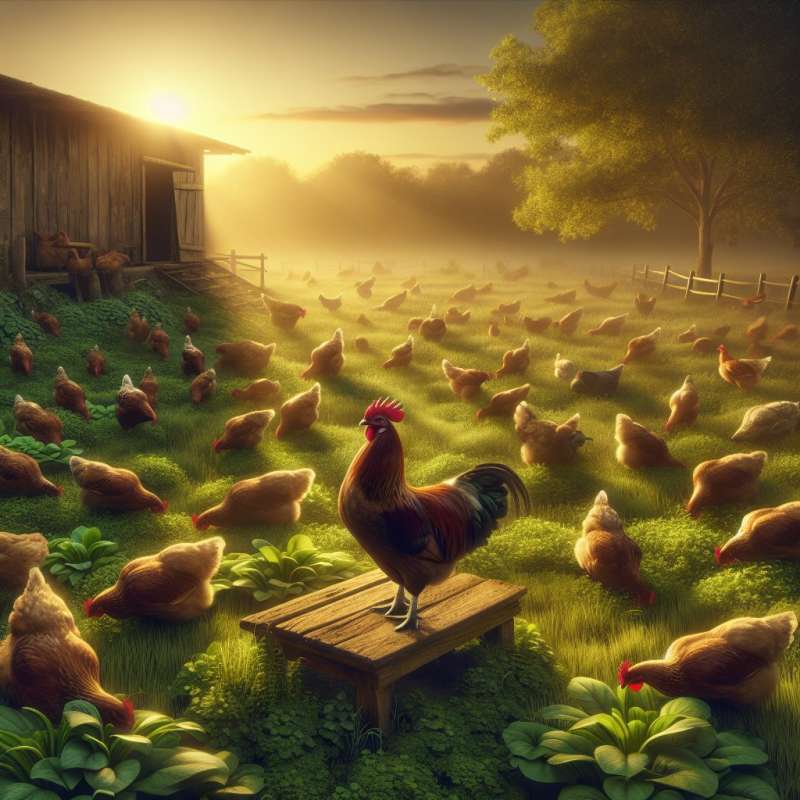
Understanding Chicken Behavior
Before building a coop, understand that chickens are social, need space for pecking, dust-bathing, and roosting. Crowded conditions can lead to stress, pecking at each other, and disease spread.
Coop Location Matters
Select a well-drained area to avoid dampness, which can cause respiratory issues in chickens. Ensure the site gets sunlight but also has shade to protect from overheating and is safe from predators.
Coop Size Specifications
Aim for about 3-4 square feet per chicken inside the coop, and 8-10 square feet in an outside run. Overcrowding can lead to unhealthy and unhappy chickens.
Ventilation and Insulation
Proper ventilation prevents ammonia buildup and respiratory problems. Insulation is crucial for temperature control. Chickens can withstand cold but need a cool coop in summer.
Nesting Boxes Essentials
Provide one nesting box for every 3-4 hens. They should be dark, quiet, and filled with soft bedding like straw or wood shavings, encouraging egg-laying and making eggs easy to collect.
Predator-proofing Techniques
Use hardware cloth instead of chicken wire for better protection. Bury it at least 12 inches underground around the coop to prevent digging predators. Securing the coop's doors and windows is also essential.
Coop Maintenance Tips
Design for easy cleaning - removable dropping trays and large doors help. Regular cleaning prevents parasites and diseases. Also, consider food and water systems that minimize spillage and waste.
Why is coop location crucial?
For decorative purposes
To avoid respiratory issues
Chickens prefer scenic views
Company